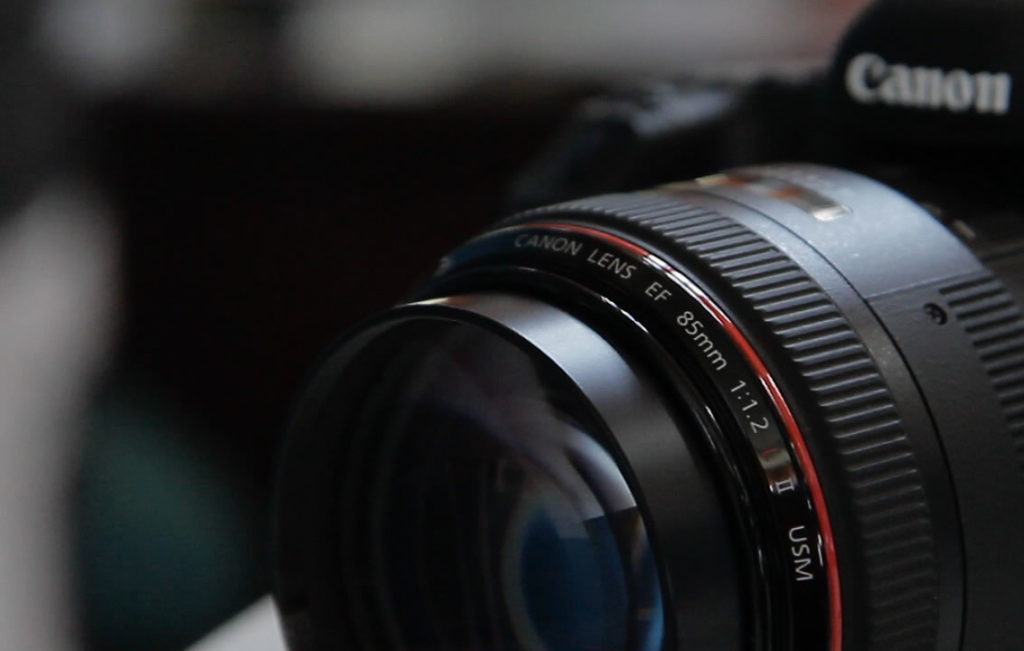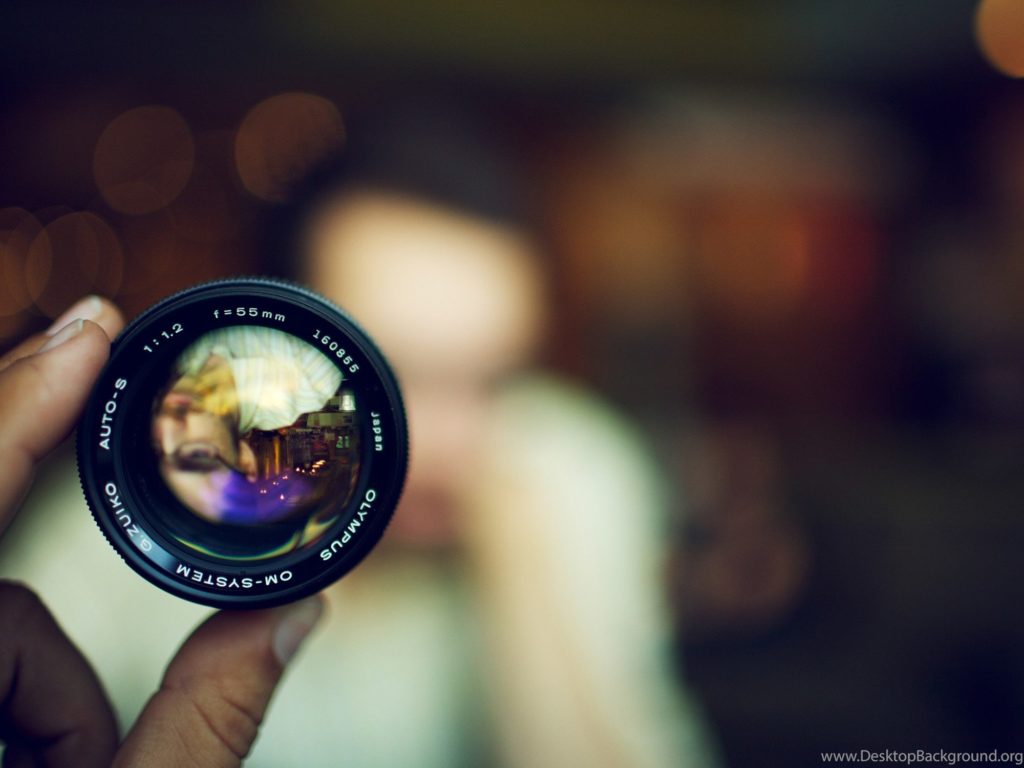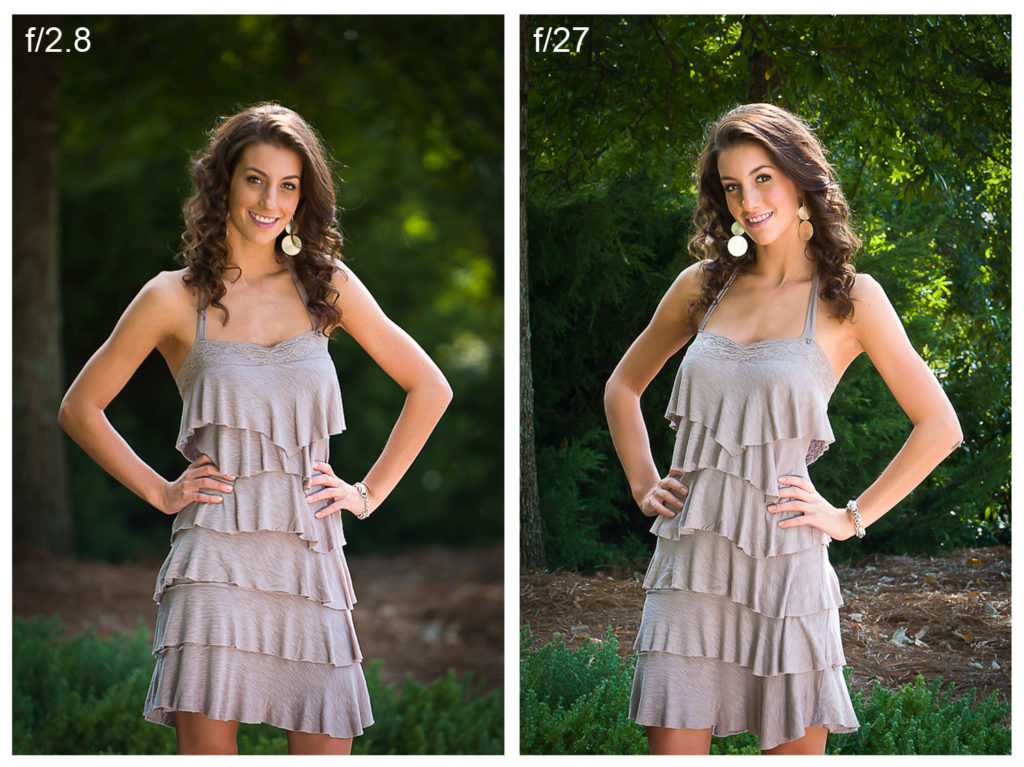It’s a common misconception that the f-stop you use will control depth of field (DOF). Aperture setting certainly has an influence, but there are other factors to consider.
DOF is the area in a photograph which is acceptably sharp. Lenses can only focus at a single point. There is always a certain amount in front and behind the focus point which is acceptably sharp.
This varies depending on:
- Aperture setting
- Lens focal length
- Camera distance to the subject
- Sensor size.
The transition between what’s sharp and what’s not is gradual. It’s important to learn how to manage the variables to create the look you want in your photographs.
How sensor size affects DOF

The physical dimension of the sensor in your camera affects DOF. Unlike the other variables, it’s not possible for you to change, unless you use a different camera.
Small sensors, such as in phones and compact cameras, give you the most DOF. This is one main reason people upgrade from a phone to a camera. Because they are not able to achieve a shallow depth of field with their phone.
Phone manufacturers are trying to mimic shallow DOF in various ways. But as yet it appears to be little more than a poor gimmick. There is no substitute for size.
Basically, cameras with smaller sensors make photos with more DOF at the same aperture and distance settings. To make comparisons of DOF from different-sized sensors, you must calculate the same effective focal length and aperture settings.
Larger sensors in DSLR and mirrorless cameras have made them popular with video producers. This is because of their capacity for shallow DOF. Traditional video cameras contain small sensors so therefore generally have deeper DOF.
How camera to subject distance affects DOF
The closer you are to your subject, the less DOF you will have at any given aperture setting, with any lens on every camera. Move further back, and your DOF increases.

This is why it can be challenging when taking close-up photos to have enough DOF. Being very close to your subject may mean you do not get it all in focus. Using macro lenses and close up attachments amplifies this problem.
So if you are still only using your kit lens, you’ll need to move in close to achieve a shallow DOF. This is because these lenses do not have a very wide maximum aperture or long focal length.
Remember that from the point you are focused on 1/3rd of the DOF will be closer to you and 2/3rds of it will be further away. Knowing this can help you choose your point of focus to control you DOF more precisely.
How lens focal length affects (apparent) DOF
The longer focal length lens you use the shallower the DOF appears. But it doesn’t actually change.

If you take photos of the same subject with two different focal length lenses, the images made with the wider lens appear to have a deeper DOF. The aperture should remain constant. When you crop the image made with the wider field of view, so the elements in the images are the same size, you will see no real difference.
The idea that longer focal lengths produce a shallower DOF is a myth. Peter West Carey has already written an article for DPS about this based on Matt Brandon’s experimentation. Matt’s images prove the point clearly. It can be a difficult concept to comprehend. Especially if you are predisposed to the popular idea that focal length affects DOF.
